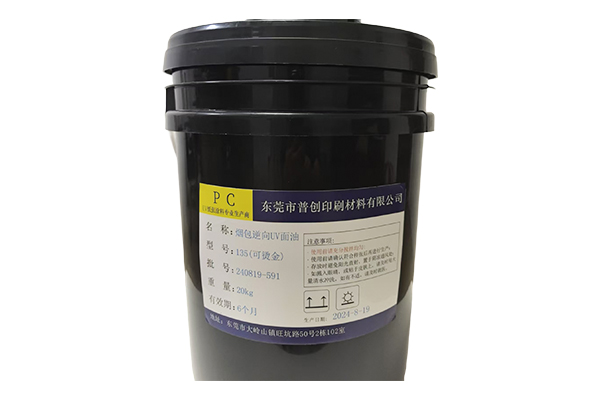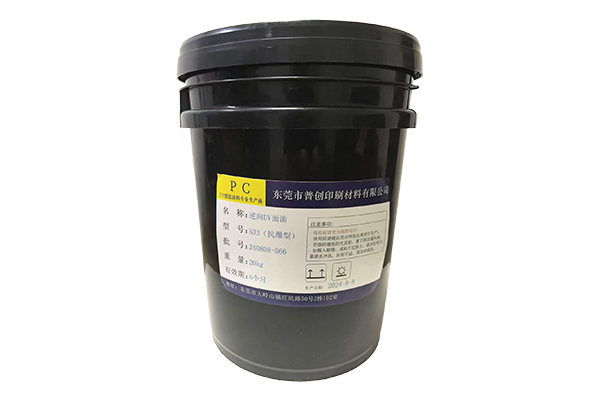How is the adaptability of hot stamping reverse topcoat to substrates?
Release Time : 2025-01-13
Hot stamping reverse topcoat is usually suitable for a variety of substrates, including but not limited to paper, plastic film, metal plate, etc. The surface properties, ink absorption, heat resistance, etc. of different substrates vary greatly, so the formula and process of hot stamping reverse topcoat need to be adjusted according to the characteristics of the substrate.
For paper substrates, hot stamping reverse topcoat needs to have good permeability and adhesion. The surface of paper is usually rough and contains a certain fiber structure, so the paint needs to be able to penetrate into the paper fiber to form a strong bond. At the same time, the ink absorption of paper also affects the drying speed of the paint and the hot stamping effect.
The surface of plastic film substrates is smooth and not easy to absorb ink, so hot stamping reverse topcoat needs to have high adhesion and leveling. In addition, the heat resistance of plastic film is limited, and the paint needs to dry quickly at a lower temperature to avoid thermal damage to the film.
The surface of metal substrates is hard, smooth, and has good thermal conductivity. Therefore, hot stamping reverse topcoat needs to have high hardness and wear resistance to resist wear and scratches on the metal surface. At the same time, the paint must also have good heat resistance and corrosion resistance to adapt to the use environment of the metal substrate.
To evaluate the adaptability of hot stamping reverse topcoat to the substrate, a series of tests are usually required, such as adhesion test, wear resistance test, heat resistance test, etc. These tests can intuitively reflect the performance of the paint on the substrate and provide an important basis for product development and production.
The adaptability of hot stamping reverse topcoat to the substrate is affected by many factors, such as the formula of the paint, the surface treatment process of the substrate, the hot stamping temperature and pressure, etc. Therefore, in practical applications, these factors need to be considered comprehensively to obtain the best hot stamping effect.
The adaptability of hot stamping reverse topcoat to the substrate is one of the important indicators for evaluating its performance. In practical applications, it is necessary to select appropriate paint formulas and process parameters according to the characteristics of the substrate to obtain the best hot stamping effect and product quality.






